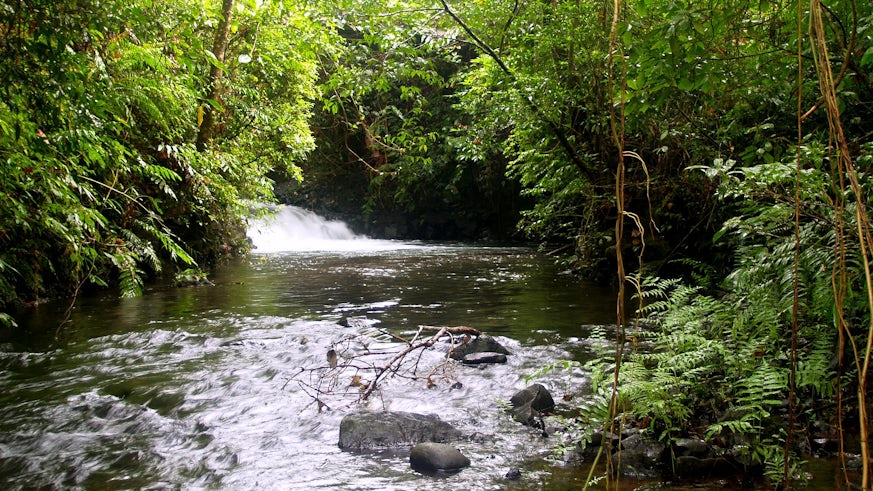How river ecosystems respond to stress
29 February 2016

A new study by scientists from Cardiff University and the University of Murcia has identified new indicators for assessing how river ecosystems respond to stress.
The world’s ecosystems are experiencing an unprecedented increase in the number and variety of impacts on their ecological functioning. Traditionally, ecologists have used species composition and other taxonomical approaches as indicators for ecosystem health. However, these techniques are not able to tell us how ecosystem functions might change after a disturbance, which would be far more useful for environmental managers in predicting and reacting to such impacts.
This study byDr Cayetano Gutiérrez-Cánovas of Cardiff University School of Biosciences and Daniel Bruno of the University of Murcia tested the potential of using new functional indicators to assess how river ecosystems respond to stress.
The project, conducted in a Mediterranean climate river basin located in the southeast of Spain, found that some of these indicators were able to detect both single and combined effect of stressors, which may allow a better understanding of how freshwater ecosystem functioning responds to human pressures.
Functional redundancy was seen to be the most promising indicator as it relates positively to stability, resistance and resilience in ecosystems with a high sensitivity to stress.
Dr Cayetano Gutiérrez-Cánovas of Cardiff University School of Biosciences said,
‘The most significant implication of these results is that functional redundancy can be used to identify which ecosystem functions are at the highest risk when an ecosystem is stressed. In essence, it provides a valuable early warning system before ecosystem function begins to decline.
Incorporating functional redundancy into river evaluation and management planning may help us to anticipate and react to the impacts of ongoing global changes.’
The study was recently published in the Journal of Applied Ecology.
More information on the project and its findings can be found here.